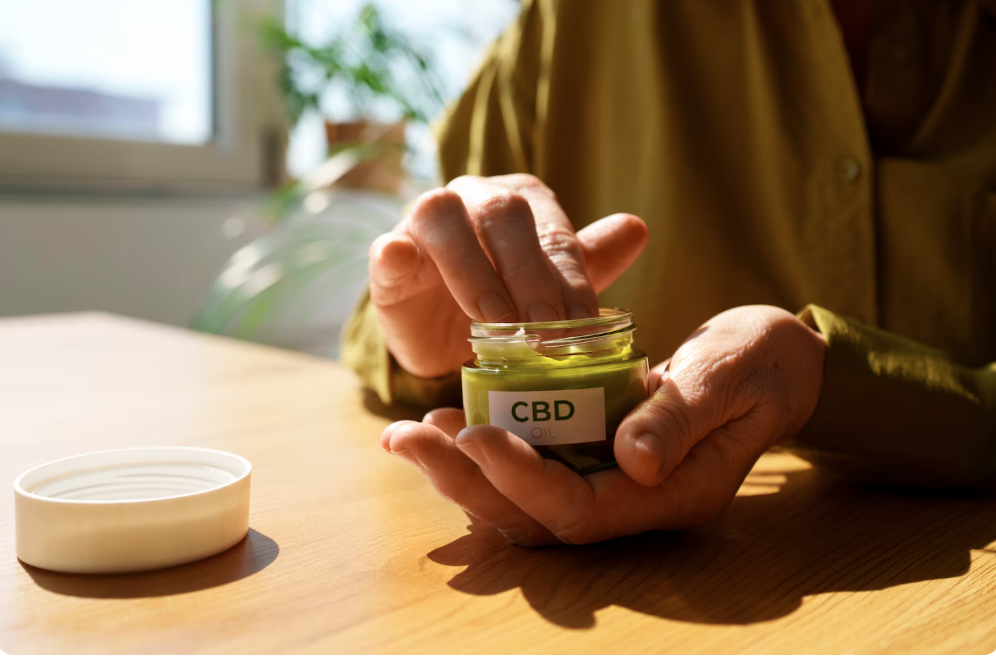
The Alarming Rise in Anabolic Steroid Use Among Young Adults Introduction
In gyms, locker rooms, and even on college campuses, anabolic steroid use among young adults is quietly but steadily increasing. These substances, synthetic variations of testosterone, are often promoted as shortcuts to building muscle, enhancing athletic performance, or achieving the “ideal” body image. Yet beneath the surface, the trend raises significant concerns about both physical health and psychological well-being. The rise in steroid use among young adults reflects not only personal choices but …
The Social Pressures Driving Steroid Use
One of the most powerful forces behind steroid use is the social pressure to achieve a certain appearance or level of performance. Social media platforms, filled with influencers showing off sculpted physiques, create unrealistic expectations for young men and women. Many start to believe that reaching these ideals naturally is impossible.
Athletes, too, may feel that steroids offer an edge in competition. In a world where scholarships, recognition, and even professional opportunities can hinge on perf…
Peer influence also plays a role. Within some gym communities, steroid use is normalized or even encouraged. Stories of “quick gains” or dramatic transformations circulate, making young adults curious to try substances themselves. Unfortunately, few fully understand the risks until it’s too late.
Health Consequences: More Than Skin Deep
The physical consequences of steroid use are significant and often overlooked by those chasing rapid results. Steroids can cause liver damage, heart problems, high blood pressure, and disruptions in cholesterol levels. For men, use can lead to reduced fertility, shrinking of the testicles, and development of breast tissue. For women, it may cause deepened voices, menstrual irregularities, and unwanted hair growth.
Psychological consequences are equally concerning. Steroid use has been linked to increased aggression, mood swings, and depression. The condition often referred to as “roid rage” is not just a stereotype but a documented phenomenon. Over time, dependency can develop, making it difficult for users to quit without professional intervention.
Long-term risks include heightened chances of cardiovascular disease and even certain cancers. The irony is that in pursuit of physical perfection, many users compromise the very health and longevity they seek to enhance.
Addressing the Epidemic Among Youth
Curbing the rise of steroid use requires a multi-faceted approach. Education is a critical first step. Schools, gyms, and sports organizations must provide honest information about the risks, counteracting the myths and glamour often found online. Campaigns that showcase natural fitness journeys and highlight achievable goals without shortcuts can help reshape perceptions.
Healthcare providers should be trained to recognize the signs of steroid use and offer safe, nonjudgmental spaces for young people to seek help. Parents and mentors, too, play an essential role. By fostering open conversations about body image, stress, and performance, they can provide support before risky decisions are made.
Finally, stricter regulations and monitoring of steroid sales — especially online — can help limit accessibility. While black-market sales are difficult to eliminate entirely, raising awareness of legal consequences and health risks can discourage potential users.



Average Rating